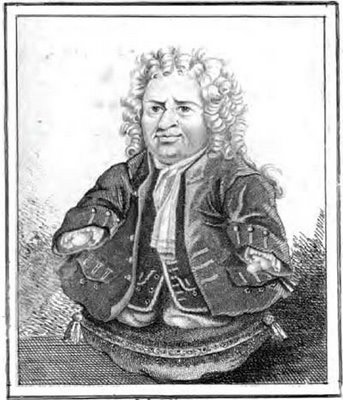I’ve recently returned from a research visit to Ruthin archives to look at the Denbighshire parish registers. The purpose of the visit was to trawl through every one of the hundreds of parish register transcriptions, looking for medical practitioners. With two bookcases full of volumes, each containing many individual registers, this was always going to be a long task. The registers for the town of Wrexham alone took two days, and monotony soon sets in when faced with page after page after page of names and bare information.
Parish registers are commonly the domain of genealogists and family historians, perhaps researching their own family history. Through the popularity of television shows like Who Do You Think You Are researching your own family tree has never been so popular, aided by the growing availability of source material online. Historians too are making use of parish registers. In aggregate they can reveal a whole range of demographic information, allowing assessment of long and short term population changes, marriage, birth and death patterns and so on.
But parish registers are generally deficient in detail, and even more so the further back in time you go. In the register of marriages in the seventeenth century you may get no more than the names and locations of both parties. The same for births. The burials registers give you name and parish, and sometimes the name of the father if the deceased was a child. In some cases occupations are given, but unevenly and sometimes selectively. So much depends on the diligence of the parish notary. As such, individual registers are generally unsatisfactory as qualitative evidence for the lives of individual people. If, however, as I was able to do, you search through a large number of records, then it is often surprising what extra information is able to be gleaned. In fact, the marginal comments made by the register creators often contain nuggets of extra information that can reveal much not only about their own prejudices, but of wider attitudes in society.
Parish registers were legal documents. As such they were deliberately formulaic and only required the bare minimum of information. With no legal reason or administrative need to add in anything else, many notaries didn’t bother. But it is the very fact that extra comments were not necessary that renders them more interesting.
One thing that becomes clear is the disapproval levied against anyone who was perceived to have transgressed in some way. Some women in the Denbighshire burials registers, for example, were obviously held in low regard by the local clergyman. Several entries appear with the appellation ‘harlot’ written in the margin, ‘whore’ and even one recorded as being a ‘wich’. Here was an indictment of loose morals writ large and preserved forever in legal documents. Whoever wrote these remarks was making a definite statement and was fully aware of the stain that they were forever putting against these parishioners names. Being ahistorical for a moment, it is sad to reflect that perhaps these women’s only appearance in the record is coloured in this way. Perhaps the worst (or best) example I have come across is poor Barbara Roberts, buried in Denbigh in 1832 and, according to the vicar, “The dirtiest woman in the neighbourhood”!
There is an obverse to such pejorative comments though, and this is the sometimes laudatory comments that could be made. Those who left money to the parish poor or were well known for their good deeds might forever be bestowed with comments such as ‘a well liked body’ or ‘a person of good repute’. Here again we can encounter glimpses of personal affiliations. It is no coincidence that gentry and other clergy were often well reported in parish registers!
Accidents and other notable or lamentable deaths were often remarked upon and these are often touching in their brevity. ‘An infant died on the road in the arms of its mother’ is a typical example which says so much but also so little. Registers are full of drownings, deaths in fires and other accidents that reflect the dangers of hard rural lives, belying any depictions of a romantic rural idyll. People who were extremely old (‘110 by common repute’) were likely to be remarked upon, as were women like Jane Reece of Holt in Denbighshire who died aged 58 in 1696 “pregnant for the 100th time”.
Even occupations were not free of the individual foibles of recorders. In some parishes certain occupations might be recorded where others were ignored. This might mean that weavers or glaziers might be recorded while apothecaries or barbers could go unremarked. This is only one of the frustrating problems facing anyone looking for occupational data. ON the other hand they can throw up surprising little quirks. In Denbighshire alone I found evidence of three ‘Aquavitae’ men, in different parishes, all of whom were known only by their first names and who had died on the road. These were travelling salesmen selling what was a semi-medicinal strong brew. Of no fixed abode they probably succumbed to the harsh life of travelling. Given what they were peddling this seems a fitting case of ‘Physician heal thyself’.
Registers can be frustrating documents but they are often well worth spending time with. By reading against the grain it is possible to learn much about early modern life, as well as the characters of individual clergy as they wrote their sometimes barbed observations. I think that more qualitative work on early-modern registers is badly needed.




